11 of the Most Recommended Attractions in Seville!
11
of the Most Recommended Attractions in Seville!
Spain
is a wonderful country to visit, with the cities that see the most
tourism being Madrid and Barcelona. But if you want to discover
authentic Spain, with its diversity and rich historical origins, and at
the same time enjoy a vibrant, joyous and surprising
urban atmosphere, forget these two big cities for a moment and explore
the beautiful capital of Andalusia - Seville - the fourth largest city
in the country.
There’s
a reason why The Lonely Planet tour guide chose Seville as the most
recommended destination for 2018 - it is an authentic and wonderful
cultural experience, and we are happy to recommend the 11 most exciting
attractions you can find there.
1. Reales Alcázares de Sevilla
The
Alcazar of Seville is one of the oldest and most impressive structures
in the city, and it’s been a place of honor since the 11th century when
it was built by the Moors - the Muslim tribes that conquered and ruled
Spain during the Middle Ages. Since then,
the elegant palace has changed many hands, and today it is partially
owned by the Spanish royal family, who live in it.
The palace has several bedrooms and halls at the upper level of the building, which you can visit and be impressed by the grandeur and splendor that characterize them. The real beauty of this palace lies in its architecture, which exhibits a rare combination of styles - from Mudéjar architecture - the method used by the Moorish Muslims, to the classical architecture of the Renaissance.
The palace has several bedrooms and halls at the upper level of the building, which you can visit and be impressed by the grandeur and splendor that characterize them. The real beauty of this palace lies in its architecture, which exhibits a rare combination of styles - from Mudéjar architecture - the method used by the Moorish Muslims, to the classical architecture of the Renaissance.
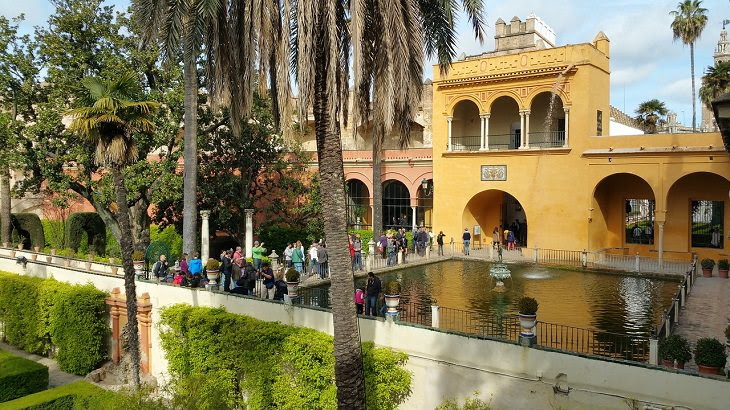
2.
Catedral de Santa María de la Sede
Seville
Cathedral is one of the most iconic buildings in the city and is the
largest Catholic cathedral in the world. In keeping with Seville's
Muslim roots, this site also began as a mosque built during the 15th
century, but after the city was re-occupied by the
Christians, it was converted to a cathedral that lasted more than 100
years.
In
1987, the cathedral, together with the Alcazar of Seville, was declared
a UNESCO World Heritage Site, and when you visit the place, its
enormous size may make you feel spectacularly small: you can spend a
great deal of time here taking in its meticulous design
and its large collection of religious artifacts, among them, the
largest altar in the world.
3. Museo del Baile Flamenco
The
wonderful art of Flamenco - which includes poetry, dance, movement and
above all passion – can’t be separated from its roots deep in Andalusia
and in Seville in particular. The innovative Flamenco museum,
established in the city by a local dancer, celebrates
the beauty of this sensual art and traces its varied origins with a
series of interactive exhibits and expositions that cover all its
aspects and tell its story: from the dance steps themselves, through
traditional singing and rhythmic guitar playing, to the
spectacular costumes that characterize it. In addition, live flamenco
shows are performed every night throughout the whole year, and if you
are a fan of dance and rhythm, you won’t want to miss them.
Another
site that will render your trip to Seville incomplete if you miss it,
is the Plaza de España - a large square located in the city center which
is considered one of the cities symbols. In contrast to the other
classic buildings of the city, the plaza is less
than a century old and was built during the preparations for the
Ibero-American exposition held in 1929.
The
square is an example of Regionalism Architecture, with a large fountain
decorating its center, and buildings attached to one another forming a
crescent moon. The buildings are connected to each other by means of a
network of bridges and narrow canals reminiscent
of Venice. Accordingly, one of the leading attractions here is the
hiring of a rowboat and rowing between the canals.
5. Parque de María Luis
If
you’re the type of person who vigorously pursues a glimpse of green in
the heart of the urban jungle, then Parque de María Luisa will not
disappoint. The park sits in the center of Seville near Plaza de España.
the plaza, the park was also established in 1929
for the Ibero-American exposition that was held in the city.
Untill
this day, it remains one of the most popular destinations in Seville.
The park offers many leisure activities such as, walking through the
shady paths, bike riding, taking a ride on a horse-drawn carriage or
enjoying the sculptures, fountains, lakes, and bird
species that adorn it.
6. Casa de Pilatos
A
visit to this spacious and elegant palace is a must for lovers of
architecture and art among us. The classical Andalusian style of
architecture, which combines the many ethnic influences that existed in
the region, is displayed here - from Muslim Mudéjar Architecture,
through to Catholic Gothic design to Renaissance-style building.
You
will be impressed by its beauty as you pass through the magnificent
marble gates and enter the well-kept courtyard, which is adorned with a
wealth of historical sculptures. The glorious staircase leading to the
top floor is also decorated with Mudéjar art
pieces, and at the end of it, you will find a showroom displaying
famous Spanish painter, Francisco Goya’s finest bullfighting paintings.
If
you want to experience the authentic Seville in full force, visit the
historical district of Triana, which used to be the gypsy quarter of the
city and today is a unique attraction. In the labyrinth of narrow
alleys and stone buildings of Triana, you will
find all the things Seville is associated with: workshops by ceramic
artists who decorate their handcrafted pottery with traditional
paintings, a host of small and homely restaurants that serve the
well-known Spanish tapas, and of course many flamenco clubs.
If
you find yourself in Plaza Encarnacion in the old quarter of the city,
there is no way you won’t notice Metropol Prosol - one of the most
popular and exceptional attractions in Seville. This is an innovative
and expansive complex that incorporates a city market,
a variety of restaurants and cafes, an archeological museum and an
elevated promenade overlooking the city's rooftops.
The
unique design of the place, which was inaugurated in 2011 at an
investment of more than 50 million euros, was conjured up by German
architect Jürgen Mayer. His design included the construction of the huge
umbrella- structure that adorns the head of the complex
and gives it its unique shape and name, which in English translates to
"urban umbrella".
the
Triana district, Santa Cruz is also a collection of narrow, picturesque
alleys with a fascinating history and a no less interesting and
attractive present. Even among the many alleys that exist in the major
cities throughout Europe, Santa Cruz stands out for
its beauty and abundance of flowering courtyards, small restaurants,
and cozy cafes that hide deep inside them and make it so interesting.
10. La Giralda Belltower
To
enjoy a vantage point that will give you a breath-taking view of the
entire city, head to the bell tower of La Giralda, right next to the
Seville Cathedral. It too serves as one of the city's most famous
symbols. most of Seville's historic buildings, this
building was also built by the Moorish Muslims during the 12th century
as the tower of a mosque, and eventually became a bell tower with
Christianity taking control of the place once more.
You’ll
be surprised to learn that un other towers, you won’t find a long,
winding staircase that reaches the top, but instead 36 ramps that climb
up to the top of the tower, built especially by the Moors to make it
easier for the Mu'adhin (Muslim leader of mosque)
and tower guards to reach its top on horseback.
Many
travelers have testified that an excellent way to get to know Seville
and its glorious past is by sailing around the Guadalquivir River that
crosses the heart of the city. In the past, the river was the main
access route from the region to the Atlantic Ocean
and thus, served as the main traffic and transport hub of the capital
of Andalusia and as the starting point for the famous New World
Discoveries.

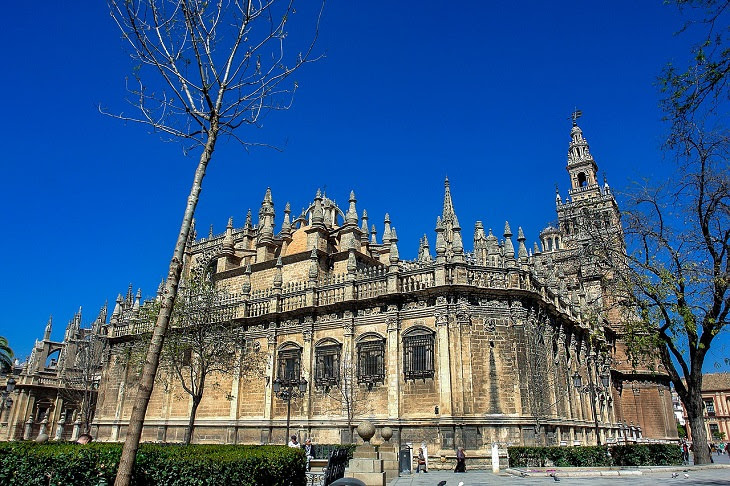
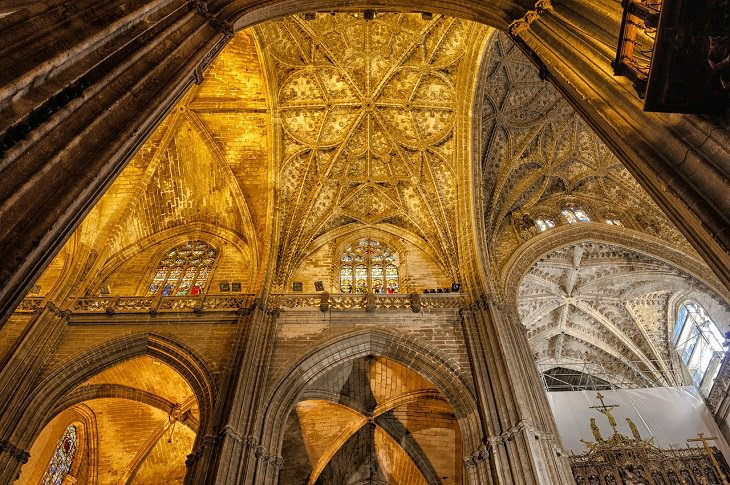
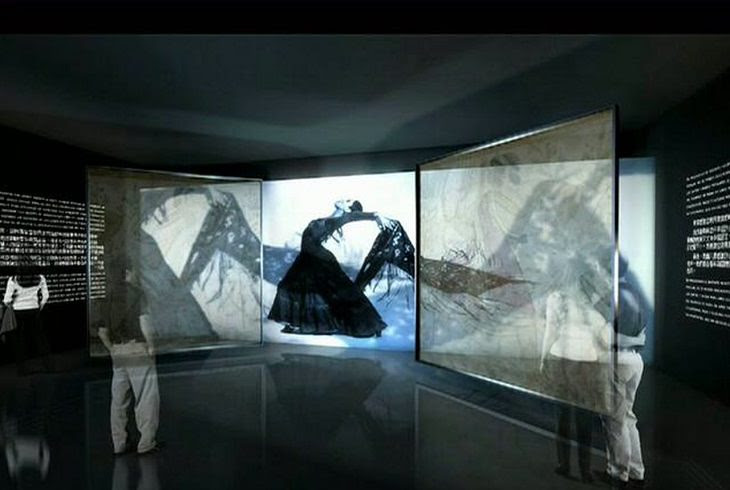
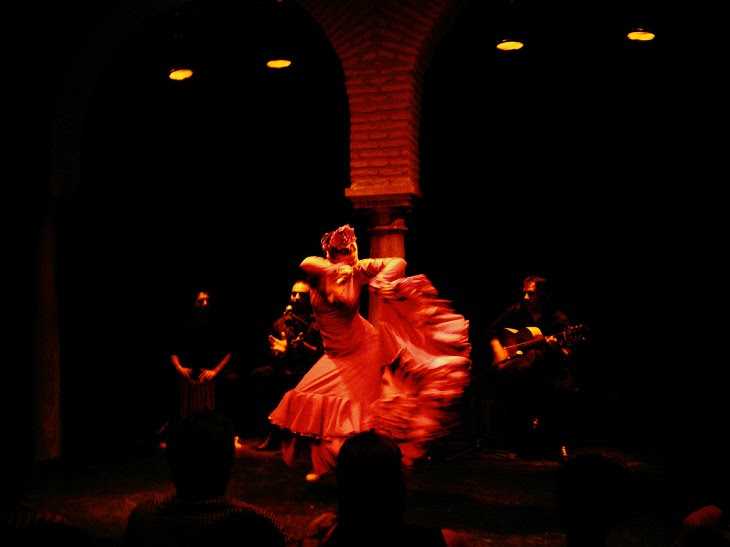
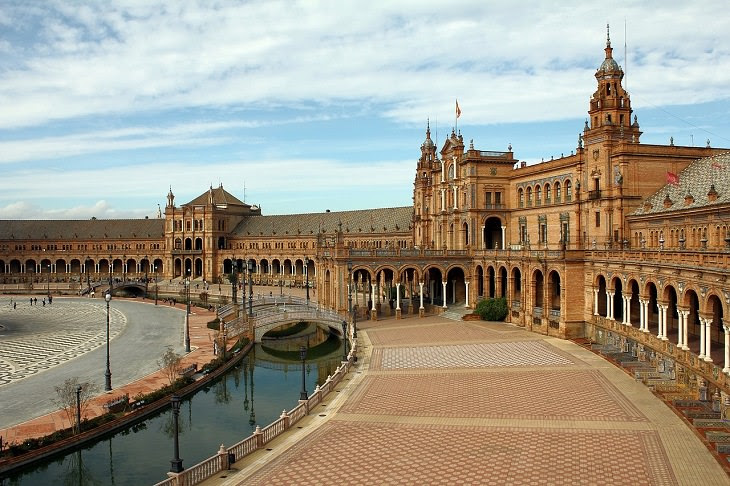
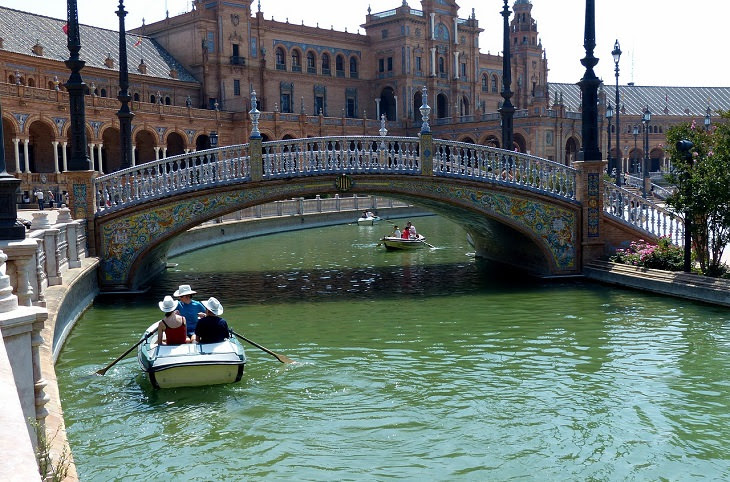
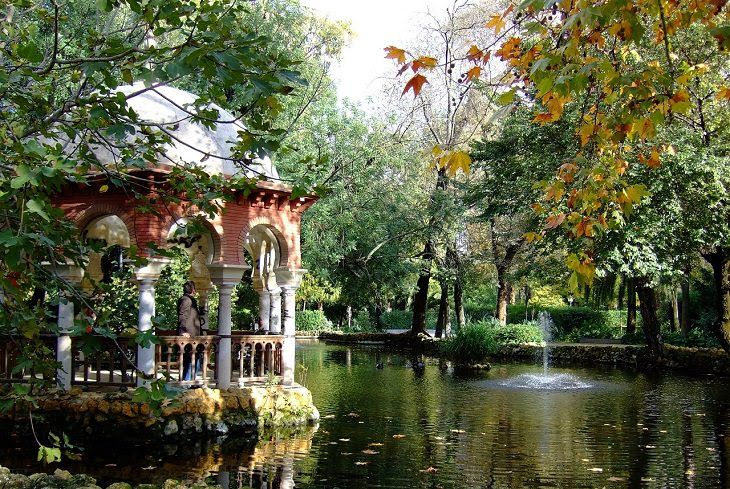
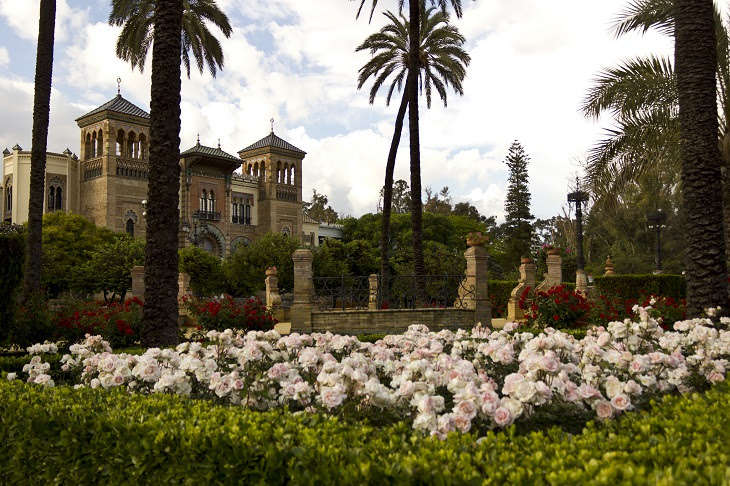
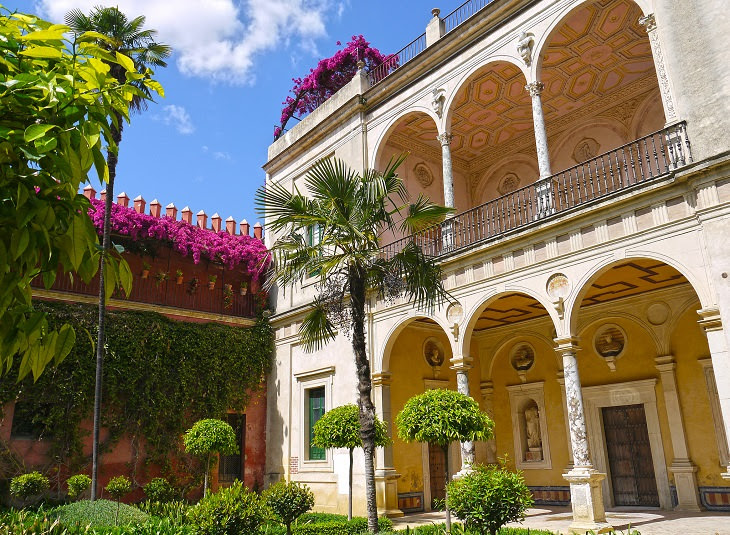
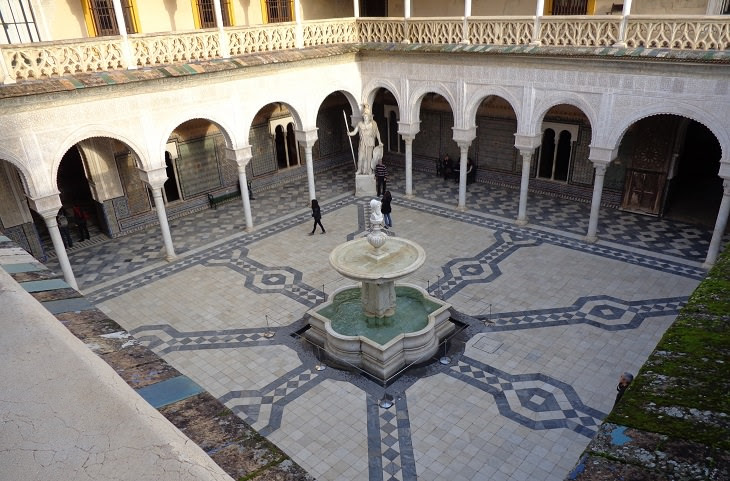

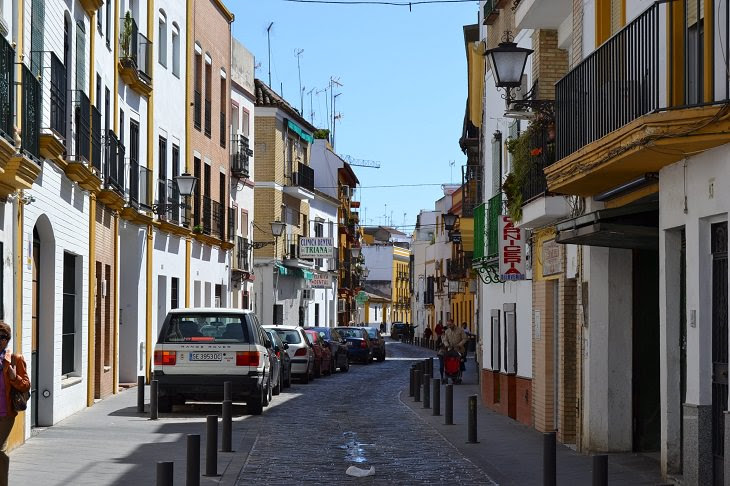
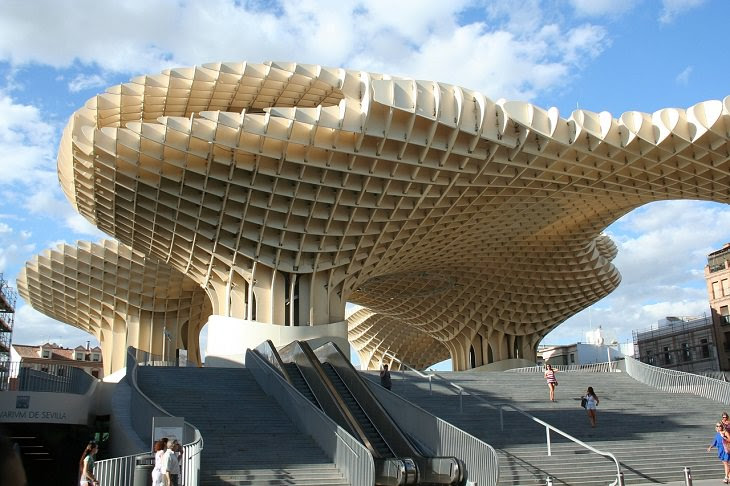
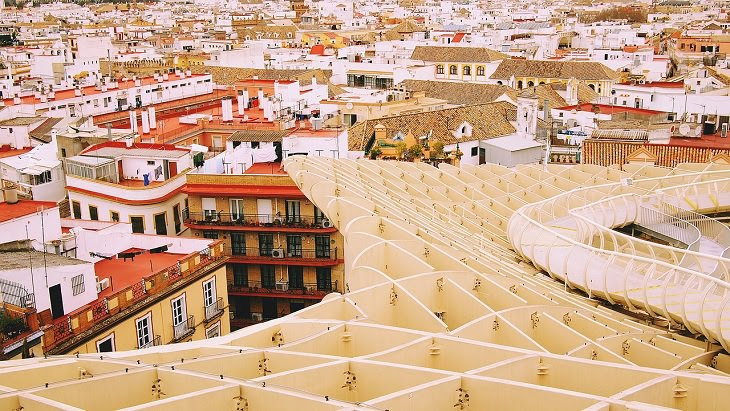
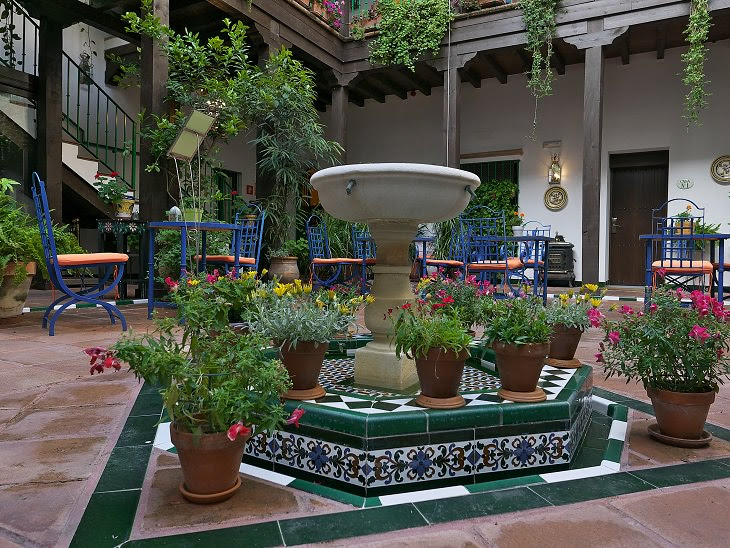
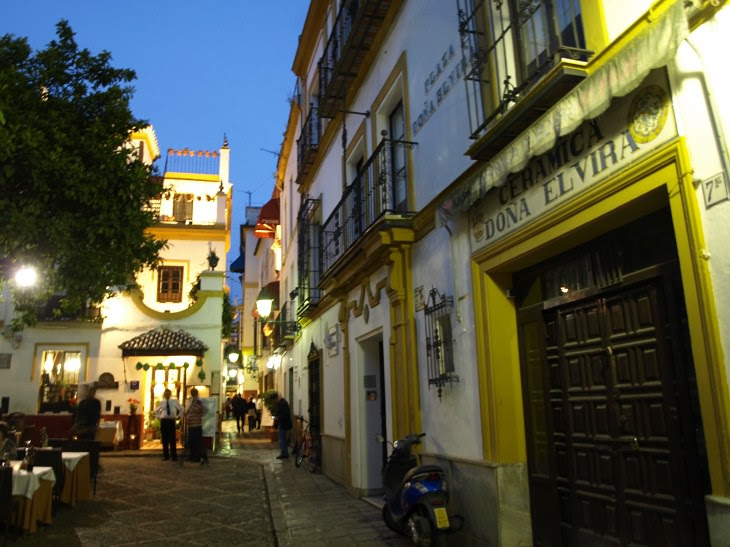
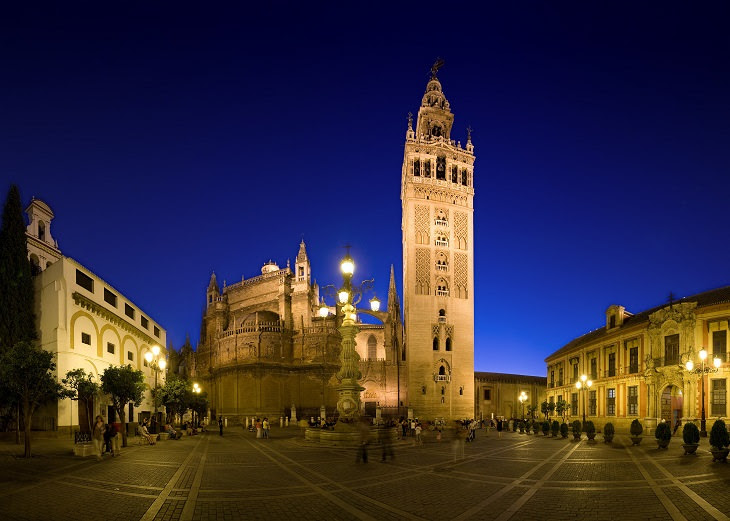
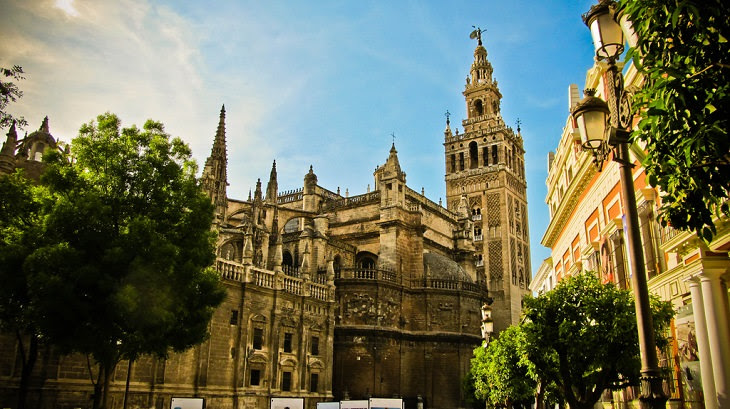
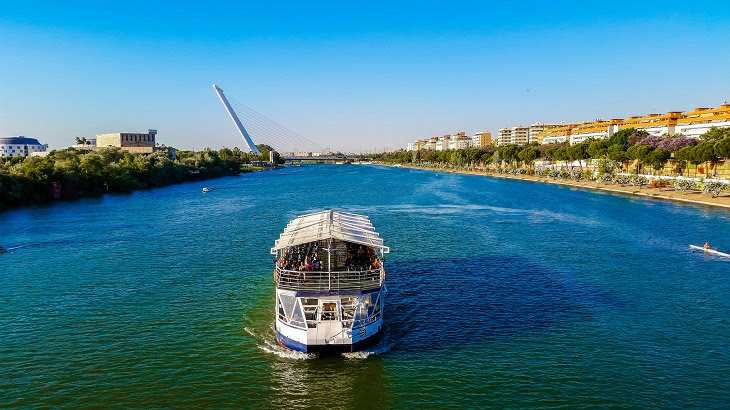
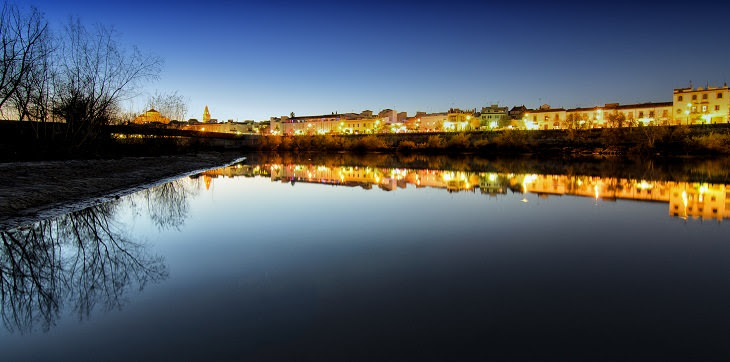

Post a Comment